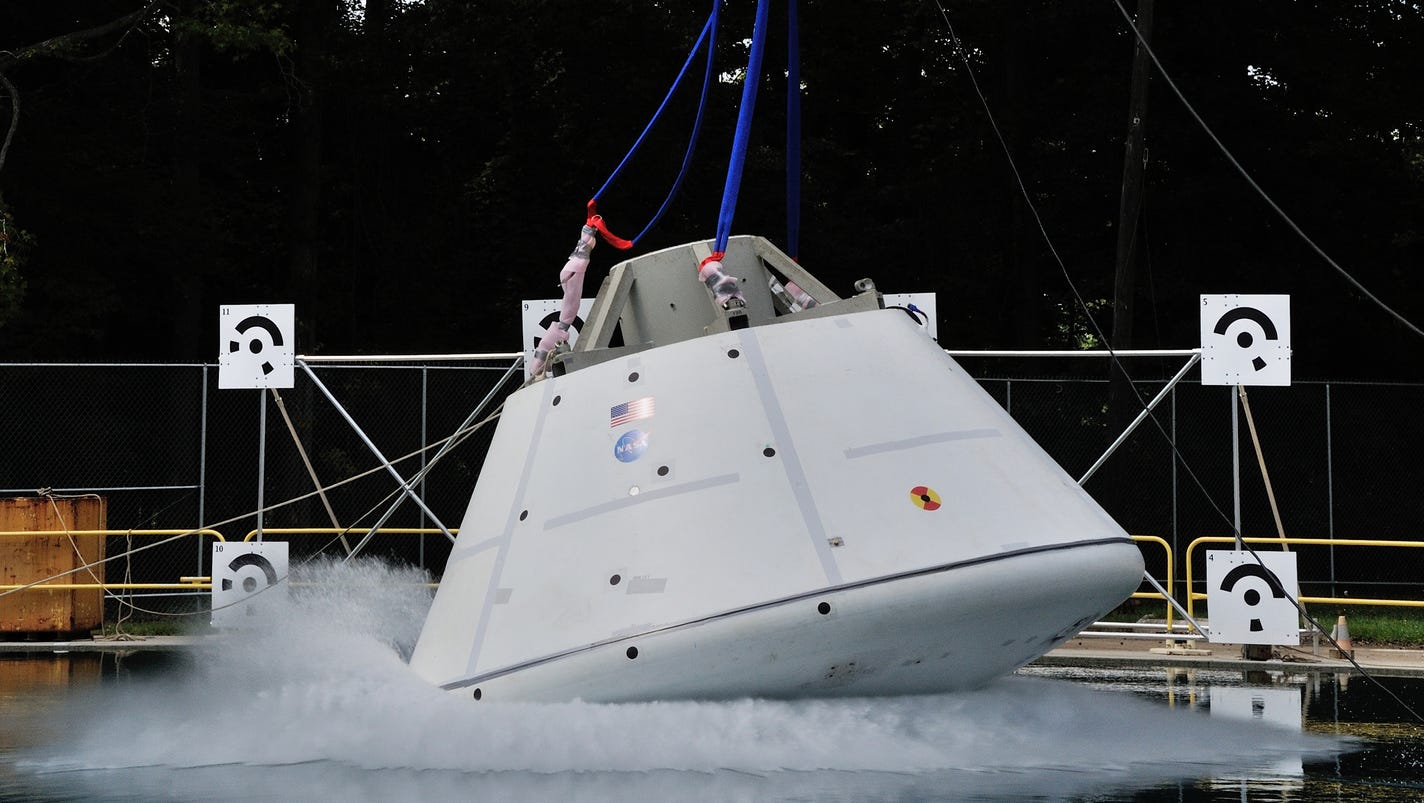
“The focus of this research is to test the growth promotion abilities of this particular fungus on some of these crops to see if exposure to gases produced by the fungus could help increase their total biomass.” Dixit, one of the research scientists contracted at NASA’s Kennedy Space Center to conduct research under this partnership. “We have a group here at Kennedy that tests what crops can be grown in spaceflight, based on factors including nutritional quality and overall biomass,” said Dr. And they’ve discovered one, the fungus Cladosporium sphaerospermum. With this project, scientists study plant-microbial interactions to determine which kinds of microbes enhance plant growth. But certain microbes can actually benefit both human and plant health. The thought of microbes might conjure images of harmful mold or call to mind illness-causing viruses and bacteria. At the lab, horticulturalists study and propagate a range of horticultural crops and under this partnership, BPS-sponsored scientists at NASA’s Kennedy Space Center in Florida work to achieve faster growth and better, increased yields for diverse plant varieties. Department of Agriculture on joint plant research for the USDA’s Biotechnology Lab. Since December 2019, NASA’s Biological and Physical Sciences Division (BPS) has partnered with the U.S.



(Credit: Mark Sperry/USDA Agricultural Research Service) The two illuminated white squares stacked one over the other above the Biotechnology Lab sign are plant growing chambers developed by NASA’s Biological and Physical Sciences Division at Kennedy Space Center. This image shows the USDA Biotechnology Lab at EPCOT, located within Walt Disney World Resort.


 0 kommentar(er)
0 kommentar(er)
